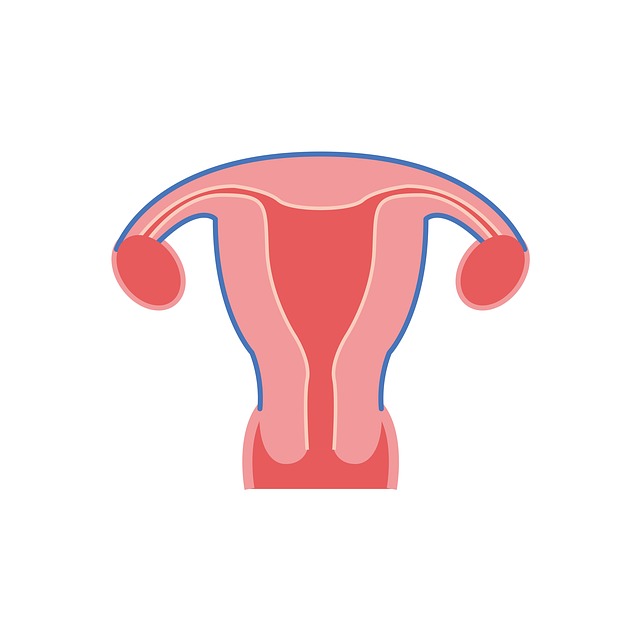Adenomyosis is a medical condition that primarily affects the womb(uterus), causing discomfort and pain for many women. This condition is characterized by the presence of endometrial tissue (the tissue that lines the uterus and sheds as menses) growing into the muscular wall of the uterus, leading to various symptoms.
Causes of Adenomyosis
The exact cause of adenomyosis is not fully understood, but several factors may contribute to its development such as hormonal or genetic factors.
Symptoms of Adenomyosis
Adenomyosis can cause various symptoms, and their severity can vary from person to person. Common signs and symptoms of adenomyosis include:
- Menstrual Pain: Severe menstrual cramps (dysmenorrhea) that often worsen over time and may require hospital care.
- Heavy Menstrual Bleeding: Excessive menstrual bleeding (menorrhagia) that may lead to anemia.
- Pelvic Pain: Chronic pelvic pain or pressure, often accompanied by a feeling of fullness or bloating.
- Pelvic Discomfort: Pain during sexual intercourse (dyspareunia).
- Enlarged Uterus: In many cases, adenomyosis can cause the uterus to become enlarged and tender over time.
Diagnosis of Adenomyosis
Diagnosing adenomyosis typically involves a combination of medical history, physical examination, and diagnostic tests. Common diagnostic methods include:
- Pelvic Examination: A healthcare provider may perform a pelvic exam to assess the size, shape, and tenderness of the uterus.
- Ultrasound: Pelvic ultrasound is a commonly used imaging technique that can help visualize the thickness and appearance of the uterine wall, aiding in the diagnosis of adenomyosis.
- MRI: Magnetic resonance imaging (MRI) can provide more detailed images of the uterus and help differentiate adenomyosis from other conditions.
- Biopsy: In some cases, a tissue sample (biopsy) may be taken for examination to confirm the diagnosis.
Treatment of Adenomyosis
The treatment approach for adenomyosis depends on the severity of symptoms and the individual's preferences. Common treatment options include:
- Pain Medications: Over-the-counter pain relievers like nonsteroidal anti-inflammatory drugs (NSAIDs) can help manage pain and discomfort.
- Hormone Therapy: Hormonal treatments, such as birth control pills, intrauterine devices (IUDs), or progestin therapy, may help alleviate symptoms by regulating the menstrual cycle.
- Minimally Invasive Procedures: Procedures like uterine artery embolization (UAE) or endometrial ablation can be used to reduce symptoms or control bleeding.
- Hysterectomy: In severe cases or when conservative treatments are ineffective, a hysterectomy (removal of the uterus) may be recommended.
Conclusion
Adenomyosis is a condition that can cause significant pain and discomfort for women, but with proper diagnosis and treatment, its impact can be managed effectively. If you suspect you have adenomyosis or are experiencing any of the symptoms mentioned, consult a healthcare provider for a thorough evaluation and personalized treatment plan. Early intervention and a comprehensive approach to care can help improve the quality of life for individuals with adenomyosis.
